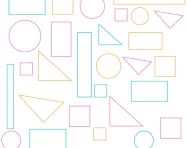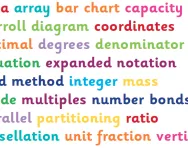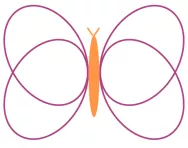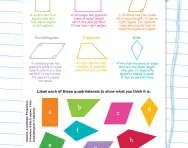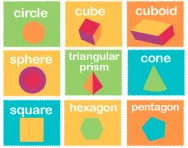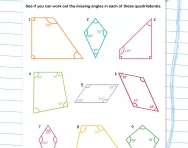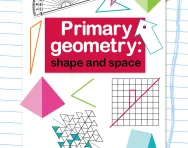Important update from TheSchoolRun
For the past 13 years, TheSchoolRun has been run by a small team of mums working from home, dedicated to providing quality educational resources to primary school parents. Unfortunately, rising supplier costs and falling revenue have made it impossible for us to continue operating, and we’ve had to make the difficult decision to close. The good news: We’ve arranged for another educational provider to take over many of our resources. These will be hosted on a new portal, where the content will be updated and expanded to support your child’s learning.
What this means for subscribers:
- Your subscription is still active, and for now, you can keep using the website as normal — just log in with your usual details to access all our articles and resources*.
- In a few months, all resources will move to the new portal. You’ll continue to have access there until your subscription ends. We’ll send you full details nearer the time.
- As a thank you for your support, we’ll also be sending you 16 primary school eBooks (worth £108.84) to download and keep.
A few changes to be aware of:
- The Learning Journey weekly email has ended, but your child’s plan will still be updated on your dashboard each Monday. Just log in to see the recommended worksheets.
- The 11+ weekly emails have now ended. We sent you all the remaining emails in the series at the end of March — please check your inbox (and spam folder) if you haven’t seen them. You can also follow the full programme here: 11+ Learning Journey.
If you have any questions, please contact us at [email protected]. Thank you for being part of our journey it’s been a privilege to support your family’s learning.
*If you need to reset your password, it will still work as usual. Please check your spam folder if the reset email doesn’t appear in your inbox.
What is a quadrilateral?
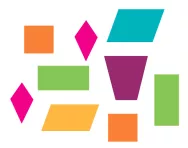
What is a quadrilateral?
A quadrilateral is a four-sided two-dimensional shape. The following 2D shapes are all quadrilaterals: square, rectangle, rhombus, trapezium, parallelogram and kite.
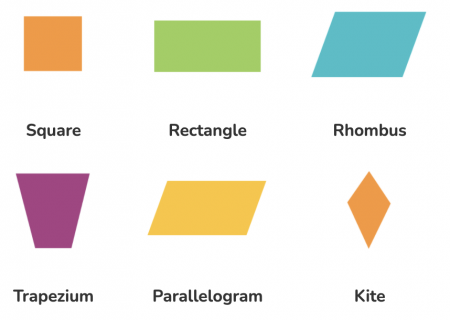
What are children taught about quadrilaterals in primary school?
In Year 1 children will learn the names of 2D shapes, such as rectangles and squares. They may be shown 3D shapes and asked to say if these have square or rectangular faces.
In Year 2, children will start to look at symmetry in squares and rectangles. They will be asked to draw lines of symmetry on these shapes.
In Year 3, children may be asked to draw 2D shapes such as squares and rectangles. They will also start to learn about right angles and will therefore learn that squares and rectangles each have four right angles. They will also learn the terms parallel and perpendicular and will need to identify parallel and perpendicular lines in quadrilaterals.
In Year 4, children are taught the term quadrilateral and will be asked to determine whether a certain shape is a quadrilateral or not.
In Year 5, children will be asked to draw shapes to a given criteria (for example: draw a quadrilateral with an obtuse angle and a right angle). They will also need to use their knowledge of quadrilaterals to find missing lengths and angles.
In Year 6, children are taught that the internal angles of a quadrilateral add up to 360 ̊. They will use this information to find missing angles in quadrilaterals.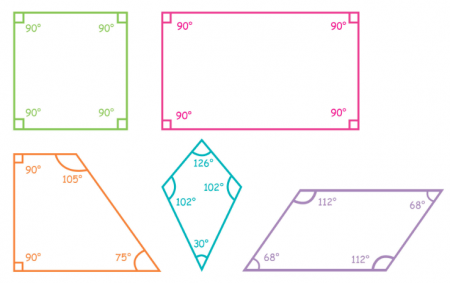
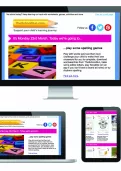
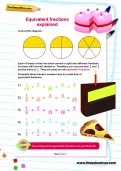
Boost Your Child's Maths & English Skills!
- Start your child on a tailored learning programme
- Weekly resources delivered to your dashboard
- Keep your child's learning on track
What questions on quadrilaterals might be in KS1 SATs?
Children might be asked show they understand what a quadrilateral and what quadrilaterals' properties are is by answering a Carroll diagram question like this one:

Answer: The first and second shapes (cone and cylinder) need to go in the right-hand column. The third shape (the cuboid) needs to go in the left-hand column.
Answer: Child would need to draw a line directly through the centre of the shape (as accurately as they could manage), either vertically or horizontally.
What questions on quadrilaterals might be in Y6 maths SATs?
Children might need to show that they know that the four internal angles in a quadrilateral always add up to 360 ̊:

Answer: We know that this shape has two right angles (90 ̊) and one angle measuring 43 degrees. As the internal angles of a quadrilateral always add up to 360 ̊, the missing angle is 137 ̊.
Another question type might require your child to draw a quadrilateral following specific instructions, for example:
Answer: Parallel sides are sides that are always the same distance apart and can never meet. The answer to this question could be completing the diagram to make a rectangle, or drawing a shape with two right angles and one acute angle, similar to the shape shown in the previous question.
Help your child to learn about quadrilaterals at home
- Challenge them to go around the house looking for different quadrilaterals. Can they name each one? Could they also find some 3D shapes, such as a cereal box, a cone or a sphere? Which ones have square or rectangular faces? How many of these faces do they have?
- Draw the different quadrilaterals shown at the start of this article on a piece of paper. Can your child to match up the shapes with their names and definitions?
- Give your child some squared paper and ask them to draw as many different quadrilaterals as possible. Once they have done this, ask them various questions about their shapes. Which shapes have right angles? Which shapes have parallel sides? How many shapes have four right angles?
- Find a picture of a quadrilateral (other than a square or rectangle) and measure three of the angles with a protractor. Ask your child to calculate the size of the fourth angle without using a protractor.

